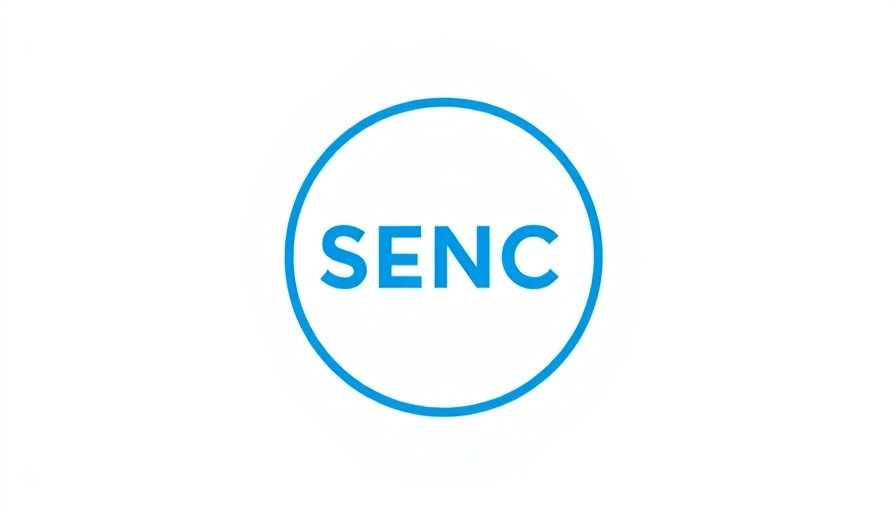
Overwhelming AI Adoption Set to Transform U.S. Retail Landscape in 2025
AI Paving the Way for Retail Revolution
As technology continues to advance, the retail industry is bracing for a substantial transformation. A recent survey by Honeywell reveals that more than 80% of U.S. retailers plan to ramp up their artificial intelligence (AI) applications in 2025. With AI reshaping facets like return management, customer service, and inventory control, this shift aims to enhance not only customer satisfaction but also employee engagement.
Employee Experience to Boost with AI Integration
AI isn’t just improving customer interactions but is also having a profound impact on the workforce. The survey shows that 50% of retail leaders believe AI increases staff retention, with over half asserting that AI helps employees develop soft skills, adding value to their roles. As the industry anticipates over 580,000 job openings, AI is seen as a tool to support employee growth and retention, ultimately boosting job satisfaction and efficiency.
Enhancing the Shopper's Journey
For shoppers, AI is becoming a vital part of the buying experience. Whether it’s through chatbots, price comparison tools or seamless checkout options, AI makes shopping more convenient and efficient. Honeywell's survey reports that two-thirds of consumers are already leveraging AI features, underscoring a demand for tech-driven solutions in enhancing both online and offline shopping experiences.
Impact on Small Businesses and Strategy Shift
While larger retailers dominate AI investments, small businesses stand to gain by carefully selecting scalable AI tools. AI-driven chatbots and inventory management solutions can streamline operations without heavy investment, suggesting a promising avenue for small enterprises to stay competitive in a rapidly evolving market. Identifying specific needs and exploring available AI technologies could well be the recipe for their success.
 Add Row
Add Row  Add
Add 

 Add Row
Add Row  Add
Add 



Write A Comment